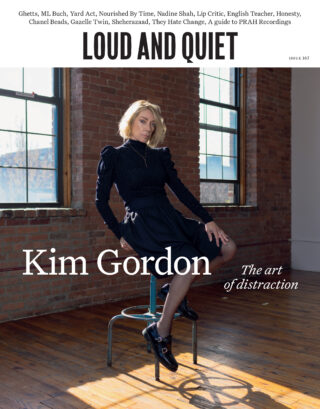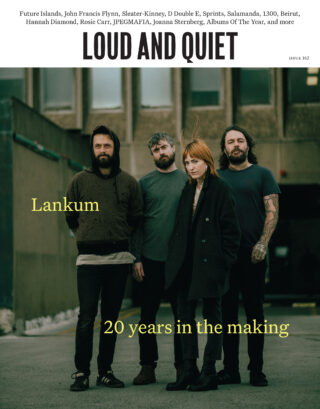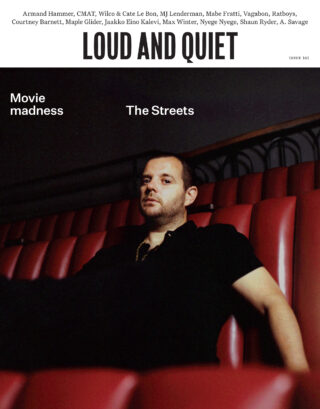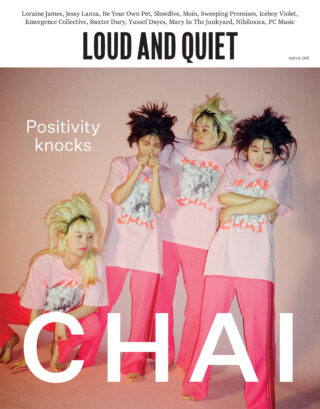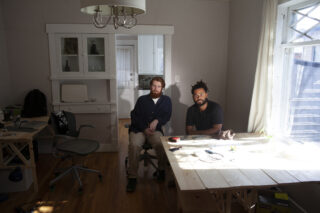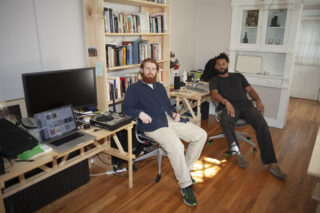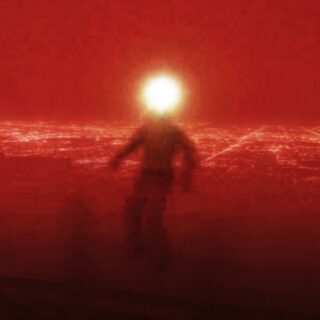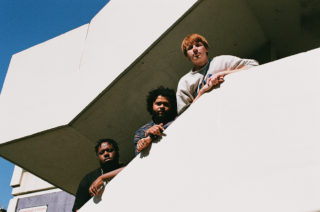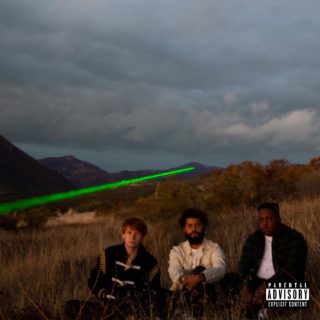LC: Good. So, By Storm then: when did you know that this was the name you were going to go with, and this double video was going to be the next thing you released once all the touring and promotion for By The Time I Get To Phoenix was done?
NR: You know, we toured the last album and we knew that, you know, we were pretty sure, okay, we were going to, that was going to be the last record. And then I remember Parker specifically saying, I want to do a double video. Someone suggested ‘Bye Storm’ for it, and then everyone was like “Yeah I was thinking the exact same thing”, because the name was interesting and it was the last song on the album, and even the sound of it. It’s definitely one of our favourite songs that we’ve done.
LC: So then you started to work on the new stuff just between the two of you – of course, not having Groggs there will have changed the way you work in certain ways, but has the way you two relate to each other creatively changed, or are you working very similarly, just without that third voice involved?
NR: At least on my end, because we had been through so much on the last record, by the time it came out, we were just so happy about what it was. And we had so little expectation that when it did really well, we were just like, “Oh shit, we have the opportunity to fully lean into the direction that we’re going and people are definitely gonna at least actually give it a chance.” And that would have happened whether Groggs was here or not.
PC: Yeah, it was probably more the year or two before he passed away that the big shifts happened creatively. We’ve definitely leaned even harder into our appreciation of just doing it ourselves, I think.
LC: So to an extent you were already going in a certain direction and you’re still going in that direction now?
NR: Absolutely. I think the only thing that could have maybe changed it is if the last record just did absolutely horribly and we had to eat the fact that if we’re going to keep going down this direction, we are going to lose some of the people that we thought we potentially outgrew. But we were pleasantly surprised that that number was a lot smaller and truly a lot of people grew with us.
LC: With that in mind, a lot of people are going to be wondering what comes next for you – whether there’s more music to come, if you have touring plans, that kind of thing. What’s the next step?
PC: Not really. There’s no plan.
 NR: Yeah, we really talked about this as not being the beginning of a campaign. We’re not deep into any type of record or anything; this isn’t the first single for a record. Obviously there’s every possibility that you make a good record and this fits in on there, but the point of doing this was a lot more about capturing this moment, this transfer [to By Storm]. This has had our full attention – this hasn’t been like, “Okay, now we got to get the ball rolling.” We’ve been amping up to do this one thing because we wanted to make sure we pay respect to the history of the band; it’s not just a stepping stone. I think that would take away from everything before, do you know what I mean? “This is the beginning of a campaign, now here’s a new album.” Maybe it would make sense business-wise, but it would be less respectful.
NR: Yeah, we really talked about this as not being the beginning of a campaign. We’re not deep into any type of record or anything; this isn’t the first single for a record. Obviously there’s every possibility that you make a good record and this fits in on there, but the point of doing this was a lot more about capturing this moment, this transfer [to By Storm]. This has had our full attention – this hasn’t been like, “Okay, now we got to get the ball rolling.” We’ve been amping up to do this one thing because we wanted to make sure we pay respect to the history of the band; it’s not just a stepping stone. I think that would take away from everything before, do you know what I mean? “This is the beginning of a campaign, now here’s a new album.” Maybe it would make sense business-wise, but it would be less respectful.
PC: This isn’t to be harsh, and of course you’re happy that people wanna hear more music, but there’s a blind greediness to not being able to just take the song for what it is. I guess people haven’t heard it yet, so they don’t know that, but I still feel like in general that’s how they will approach it. But it’s like a dense, seven-minute thing and sometimes one song, a minute-long song, can be a lot more to chew on than most fucking albums. So just sit with that.
NR: I think the song [itself] helps. If it had been a regularly structured song that didn’t have as much weight or wasn’t to do with the whole situation [of Groggs’ passing and the retirement of the Injury Reserve name] it might feel more like it needed to be the beginning of something. But this really is a piece in itself.
Photography by Parker Corey
